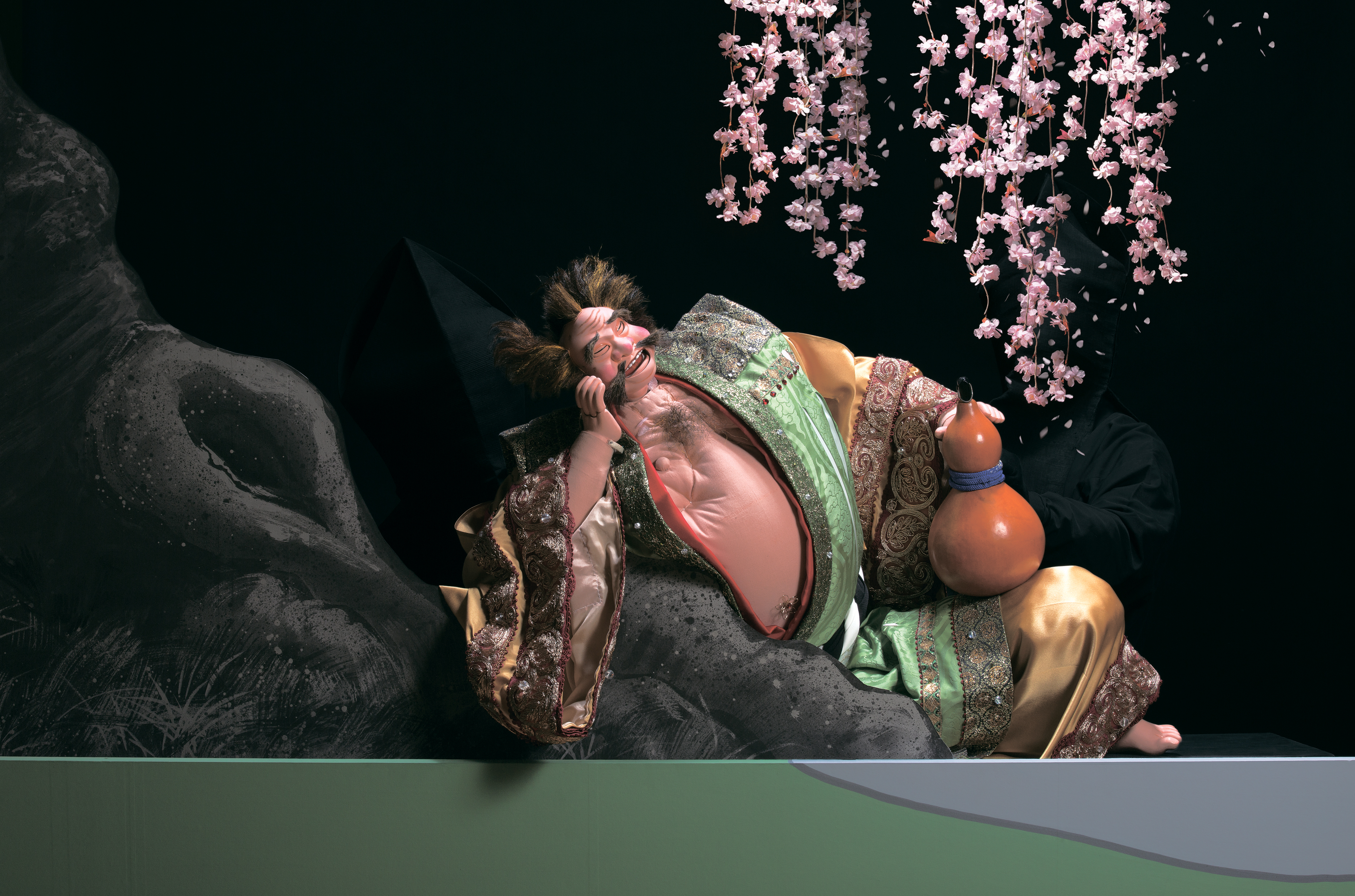The type of Japanese puppetry known as ningyō-jōruri (aka bunraku) has its roots in 17th-century Osaka. Since then, though, there will rarely if ever have been a bunraku play drawn from stories written a little earlier on the other side of the world — yet that's what awaits Tokyo audiences next month when the National Theatre presents "Farusu no Taifu" ("Sir Falstaff").
This new work based on the comic and corpulent character Sir John Falstaff, who appears in three of the 37 plays written by William Shakespeare (1564-1616), has actually been brewing for nearly 30 years. It's that long since bunraku shamisen player, and now National Living Treasure, Seiji Tsuruzawa saw the BBC's 1979 productions of "Henry IV Part I" and "Henry IV Part II" on NHK and was bowled over by Anthony Quayle's now legendary portrayal of Falstaff there.
As a result, Seiji (who is known by his given name, as are artists from venerable lineages of traditional performers) finally composed "Sir Falstaff," which he also supervises, while the script is by Japan's leading authority on Shakespeare, Shoichiro Kawai, who created a computer database of bunraku scripts for reference as he strove to write in its characteristically poetic Japanese yet retain the Bard's renowned wordplay. Additionally, there are even scenes that employ kabuki-style signature phrases.


















With your current subscription plan you can comment on stories. However, before writing your first comment, please create a display name in the Profile section of your subscriber account page.